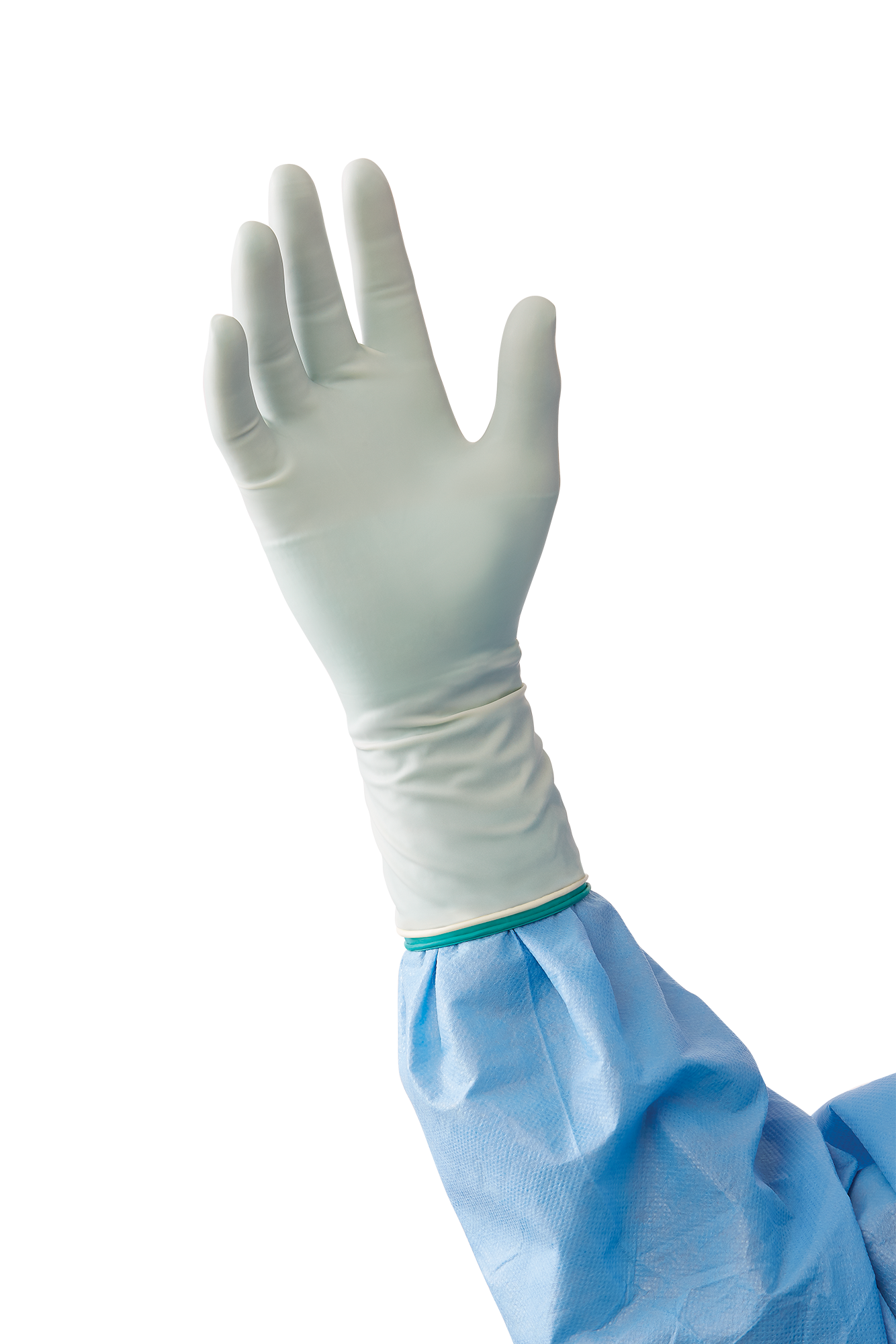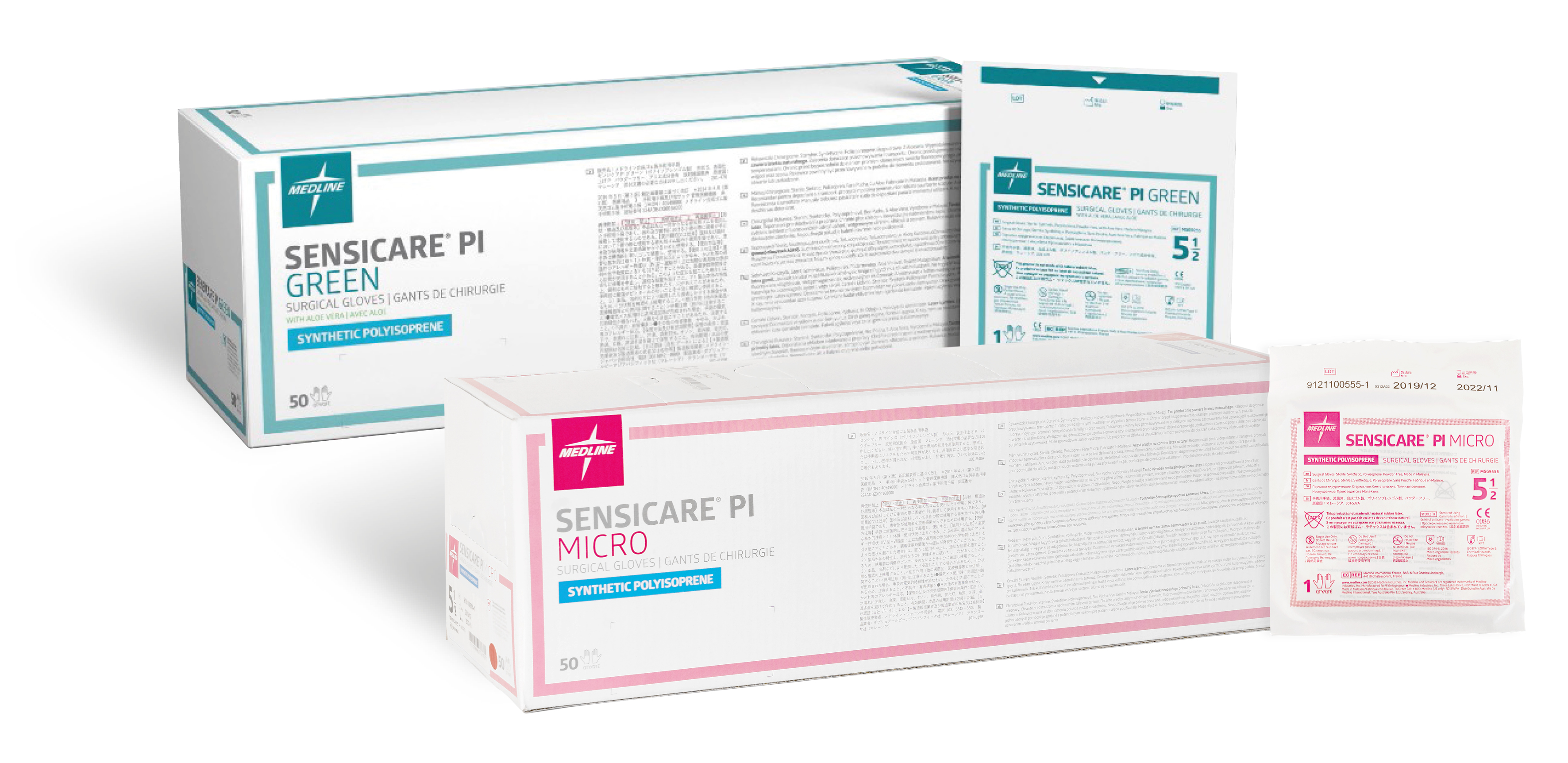

Did you know?
The prevalence of latex allergies among health workers is estimated to be 9.7%, making healthcare one of the most affected professions due to the frequent use of latex. Across Europe, this equates to 350,000 people1, whose careers in healthcare may be at risk due to latex sensitivity.
At Medline, we understand the serious impact of latex allergies and the importance of skin protection. Our SensiCare® range can help you safeguard your skin and the health of your patients without compromising the quality and performance that you expect from latex surgical gloves. Operate with confidence — knowing that our latex-free surgical gloves provide the right fit, excellent tactility, high quality and strength.
Why does SensiCare® stand out?
- SensiCare® was created using Medline’s proprietary PI (Polyisoprene) formulation, as it more closely mimics the comfort, strength and elasticity associated with latex gloves, with further improvements in chemical and chemotherapy drug permeation resistance2.
- Our product range includes under-gloves coated with aloe vera to keep hands moisturised during long procedures
- We offer smooth and micro-roughened grip options to maximise tactility.
- Three colour options are available to meet clinical needs, such as double-gloving and glare reduction.


Do you know how much latex is really costing your hospital?
Find out today with our hidden cost calculator.
Ready to experience the performance and quality of SensiCare®?
Start by requesting a free kit today, containing samples of our SensiCare® PI Micro for general surgery and SensiCare® PI Green Surgical gloves for cardiac, trauma, orthopaedic and high-risk procedures.


Our See Green for Safety double-gloving system with the SensiCare® PI Green or DermAssure™ Green is designed to help lower the incidence of exposure and improve detection time when perforations do occur.
WRAP News Article
Medline EU Surgical Gloves 100% WRAP-Certified | News | Medline UK
References
1. Wu, M., & Liu, J. (2016). Current prevalence rate of latex allergy: Why it remains a problem? Journal of Occupational Health, 138-144.
2. Jones, A. (2025). Latex-free with the Advantages and Feel of Latex: Latex-free with the Advantages and Feel of Latex
